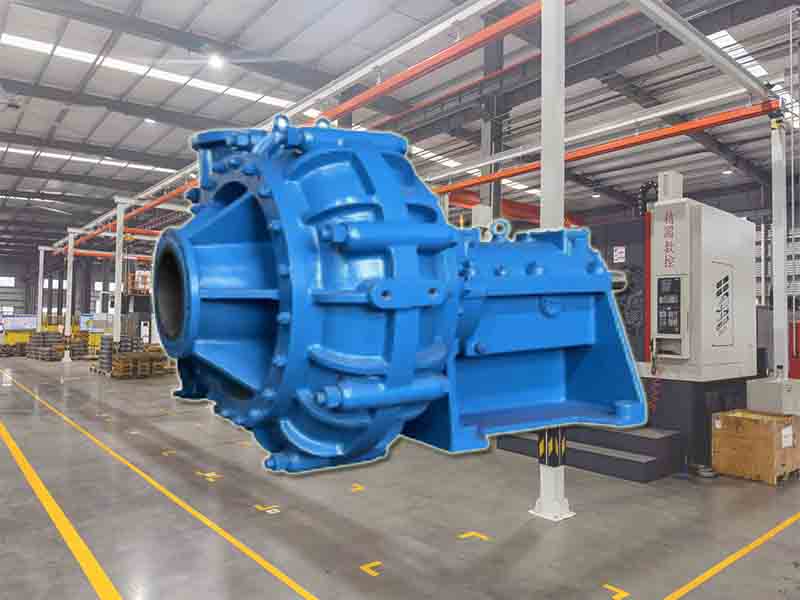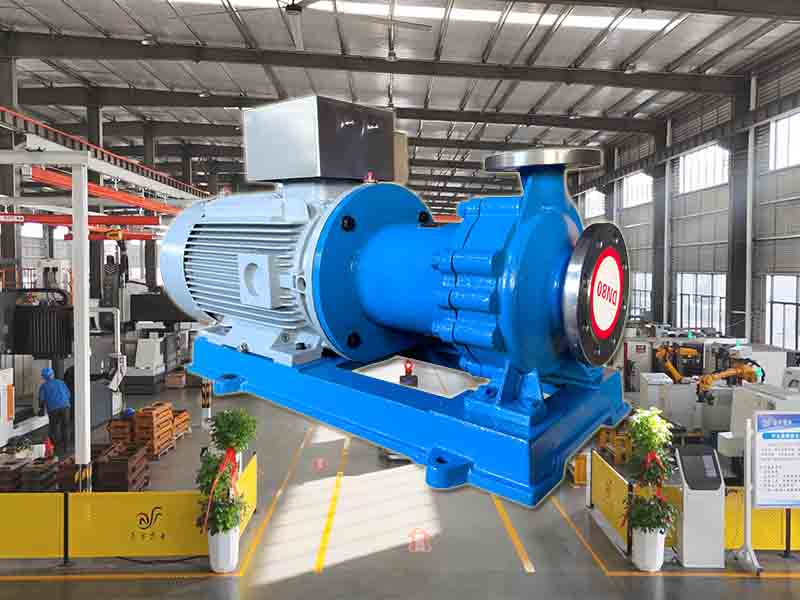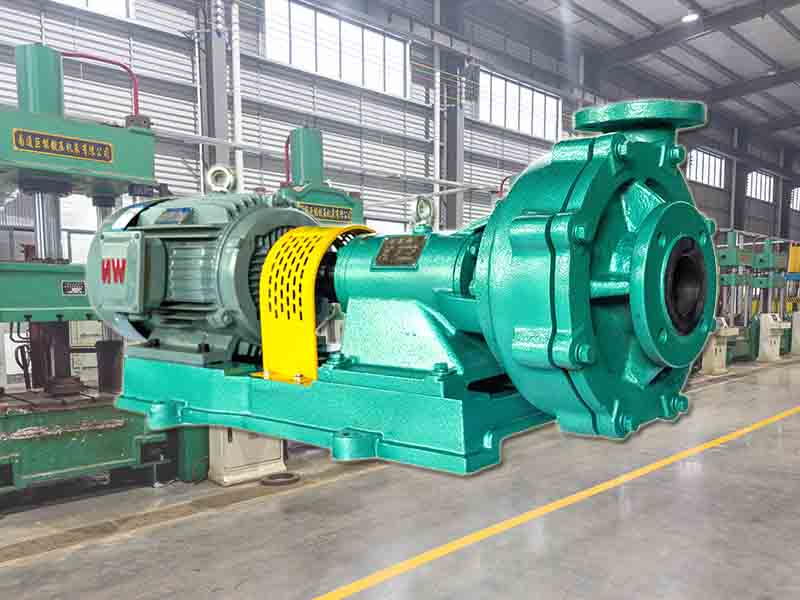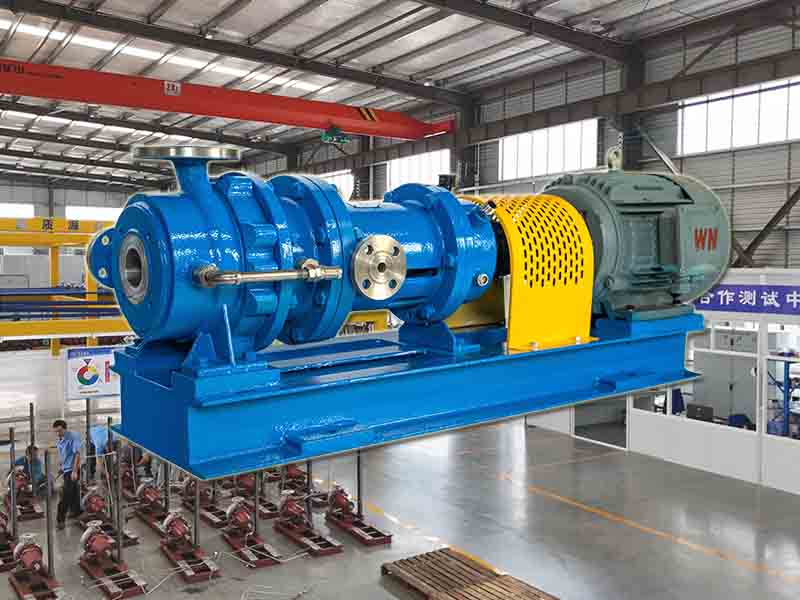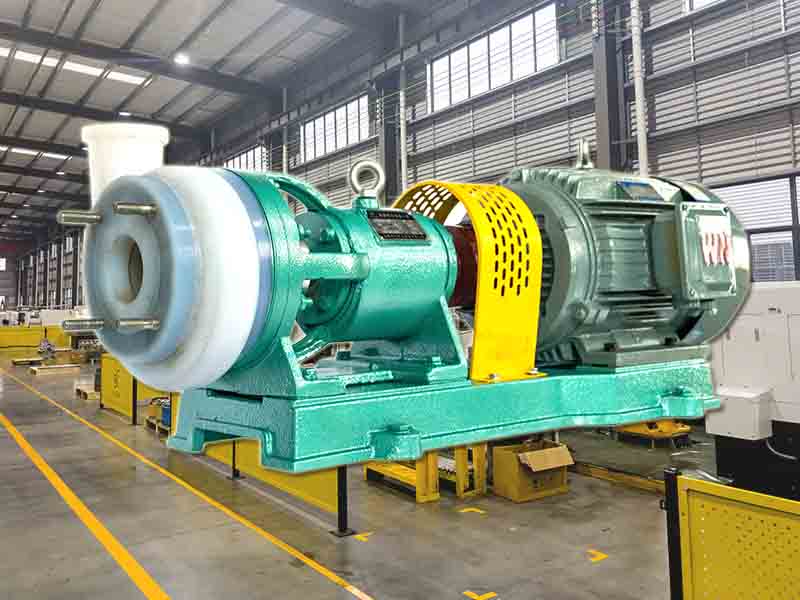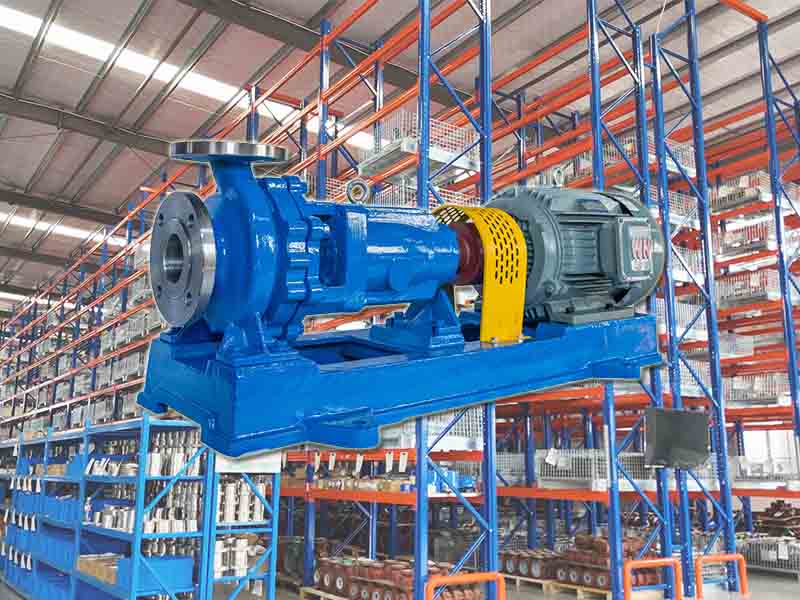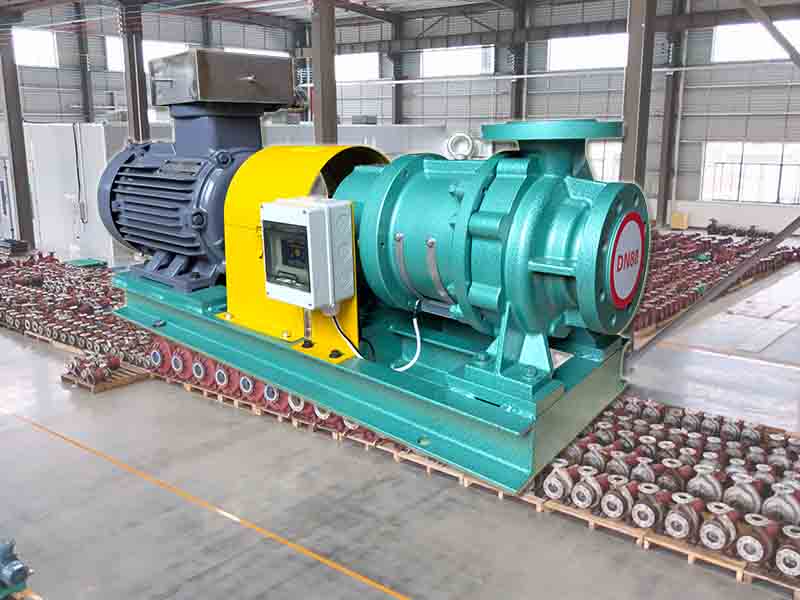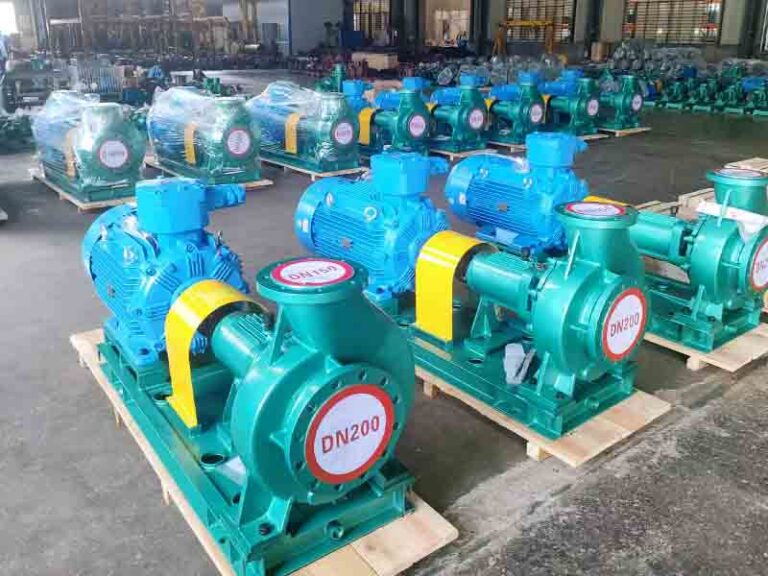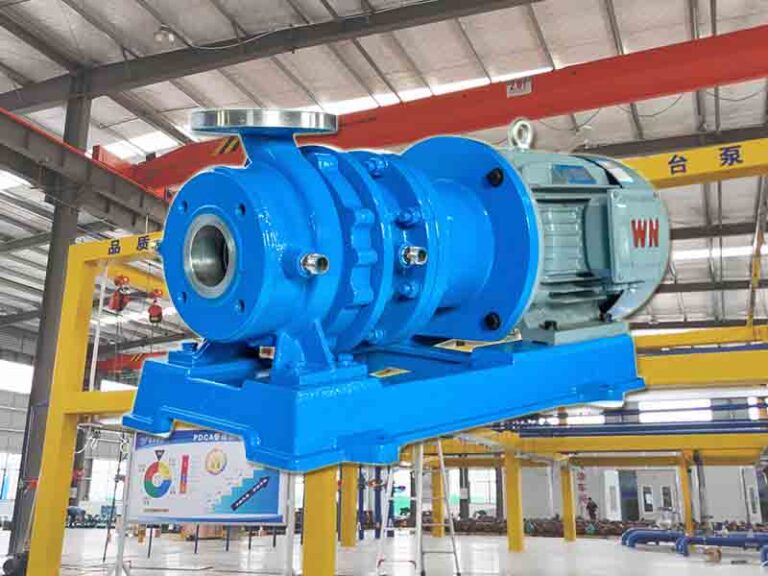If your sump pump keeps tripping the breaker, you’re not alone. This common but frustrating issue can signal underlying electrical or mechanical problems that, if left unaddressed, may lead to flooding or costly damage. In this guide, we’ll explore why your sump pump might be causing electrical trips—and what you can do about it. From clogged impellers to faulty wiring and float switch malfunctions, we’ll walk you through the key reasons and solutions to keep your basement dry and your system running smoothly.
What Is a Sump Pump
A sump pump is a submersible device that is installed in a catch basin dug in the lowest point of the house, such as a basement or tight space. It’s small, but it’s important to your home to keep your basement from flooding.
Most of the time, the sump pump is on standby, just waiting to be put to use. When it rains heavily and the soil around the house becomes over-saturated, excess groundwater flows into the catch basin and water begins to accumulate in the pit. At this point, the float switch on the sewage centrifugal pump is activated and the pump starts. It will drain the water from the pit to a nearby storm sewer, dry well, or detention pond, preventing the groundwater from rising to the level of the basement floor and preventing flooding, and it’s not too much of a stretch to say that it’s an extra layer of flood insurance.
Reasons Why A Sump Pump May Trip A Breaker
Overload Problems:
One of the most common reasons that a sewage centrifugal pump trips a circuit breaker is that it draws more current than the breaker can handle. Too much current can overheat wiring and components, which not only damages the sump pump, but can even be a fire hazard. This can easily happen if the sewage centrifugal pump motor is overworked in order to pump water from the catch basin, or if the pump is clogged with debris, etc. Because the pump motor has to work harder to overcome these obstacles, it draws more current from the circuit, which in turn leads to tripped circuit breakers and eventual damage.
Wiring Issues:
Wiring problems are also a potential cause of tripped circuit breakers, which can cause the motor or pump to short out, causing the breaker to trip. The specific causes are as follows:
Incorrect wiring: If the motor or pump’s power cord is wired incorrectly, or if the polarity of the power cord is incorrect, it can cause a short circuit, which can lead to a tripped circuit breaker.
Line overload: If the circuit connected to the motor or pump has carried a large load, it may also trigger the circuit breaker to trip. For example, if the circuit to which the motor or pump is connected is also supplying power to another high-power device, an overload situation may occur.
Damaged wiring: If the power cord is damaged by age, breakage, fraying or cracking, it could also trigger a short circuit, causing the breaker to trip.
Switch Problems:
The float switch is a key component in the sewage chemical pump to control the water level and protect the pump from damage due to idling or overloading. Problems with the float switch can lead to conditions that cause the sump pump to trip the circuit breaker frequently.
Switch failure: If the float switch can not be raised and lowered properly, the sewage chemical pump can not be started or stopped properly, which may lead to overload or idling, and then let the sewage pump triggered circuit breaker tripped.
Improper location: If the float switch is stuck or installed in the wrong position, it will send out the wrong signal, making the sewage magnetic pump start and stop frequently, which will also lead to the sewage pump repeatedly let the circuit breaker trip.
Line leakage: If the line connecting the float switch is damaged, disconnected or aging, the signal can not be transmitted properly, the sewage magnetic pump can not run normally, which will also lead to the sewage pump triggering the circuit breaker tripped.
Clogged Impeller:
A clogged impeller can put too much pressure on the pump motor, leading to overheating and an increase in current. The impeller, which is the rotating part of the pump that creates suction to draw water from the catch basin, can become clogged with debris such as dirt, sand, gravel, and other debris. This can reduce the speed of water flow, increase friction, and make the centrifugal pump work harder. When the work load increases, the pump motor will overheat and draw more current than the circuit breaker can handle, which will trip the breaker and cut off power to the centrifugal pump.
Addressing Issues Promptly
If you notice the existence of abnormalities in the sewage self-priming pump, be sure to deal with them in a timely manner. For example, if you hear abnormal noise, it may be the internal parts loose or impeller jam, need to power off to check the external situation, if necessary, find a professional overhaul. If you feel anomalous vibration, to check the base fixed and connected, re-stabilization or check the internal parts.
When the drainage speed becomes slow, first clean up the drainage pipe and impeller, and then check the motor. And if the float switch control abnormality, to check the line and the float itself. In short, timely resolution of small problems, in order to avoid the expansion of the fault, reduce the risk of circuit breaker tripping.
Sump Pump Maintenance
Monitoring your fluoroplastic sump pump throughout the year is critical to keeping it in good condition. Because sump pumps are easy to forget about, here are some tips to help you maintain your system properly.
Install backup equipment and batteries: having a chemical sump pump and batteries on hand can avert disaster if the main system fails. Although these things may seem costly, they can be much cheaper compared to the damage that could be caused if the whole system fails after an accident. And even with sump pump insurance, if the main system has recently broken down, you’ll have to install a backup system when the insurance is up for renewal.
Put a replacement reminder sticker: Put a “time to replace” sticker on your sump pump. Since sump pumps are usually safe to operate for about 10 years, write the date the system was installed and the expiration date (after 10 years) on the sticker and attach it to the unit.
Choose a smart outlet: Purchase a smart sump pump outlet with WiFi capability. Some app-based sump pump outlets can alert you before disaster strikes. These outlets collect and track data from the sump pump and send notifications via smartphone app, email or text message when a problem is detected. Some smart outlets also have high water level sensors that are installed in the sump of a stainless steel sump pump system that can warn you before the system floods.
Regular inspections: check the explosion-proof sump pump often. When testing the sump pump, check the condition of the system and document the inspection in detail. It’s also important to schedule seasonal maintenance with a professional on your calendar, and records can even help them diagnose problems earlier.
Why Do I Need a Sump Pump
Sump pumps are needed by homeowners when the house or land meets certain conditions. To determine whether a sump pump is necessary for your own home, consider the following:
1.For homes or commercial premises built with a basement, it is recommended to install a centrifugal sump pump, regardless of whether the basement has had previous moisture problems or a history of standing water – after all, there is always a risk of flooding, even if the risk is small, and a sump pump protects the area from potential water damage.
2.If you want to buy a house with a finished basement or plan to finish the basement of your existing house, then you need a corrosion-resistant sump pump to avoid potential water damage in the future, after all, homeowner’s insurance won’t cover all types of basement flooding, and installing a sump pump prevents costly damages caused by these floods that aren’t covered by insurance.
3.For homes or commercial premises with tight spaces, installing a leak-free sump pump can alleviate high humidity and mold growth problems caused by moisture and prevent damage to the structure of the home.
4.If the land on which the house is located has a particular type of soil, then you have to consider installing a south sump pump. Soil with a high clay content drains poorly and water tends to flow to low spots instead of dispersing outward, while sandy soil drains quickly and keeps water away from the house quickly.
5.The condition of the slope of the land around the house will also be a reason to install a sump pump; if the ground slopes toward the house, the basement will be more susceptible to flooding than if the ground slopes away from the house.
How Long Do Sump Pumps Last
Even if a quality sump pump is professionally installed, it should be replaced every 7 to 10 years. An acid-resistant sump pump is usually located in a pool on the basement floor, collecting excess water from the drain line and directing it outside the house. Its life expectancy is greatly influenced by how often it is used, the amount of water that needs to be drained, and the cycle of operation.
Once the water level reaches the float switch, the sump pump system begins pumping water from the basement or tight space. If you’re not sure how long your sump pump has been in use, either consider replacing it or at least have it inspected and cleaned by a qualified professional plumber.
Conclusion
A sump pump that constantly trips the breaker isn’t just annoying—it’s a warning sign. Whether it’s electrical overload, wiring issues, or internal blockages, identifying the root cause early can save you from water damage and expensive repairs. Regular inspections, smart upgrades, and timely maintenance are key to a reliable sump pump system. If you’re unsure, consult a qualified technician to assess and service the pump. A little attention now could prevent a flood later.



